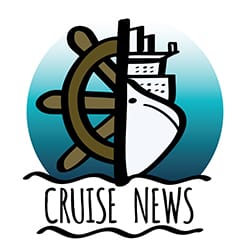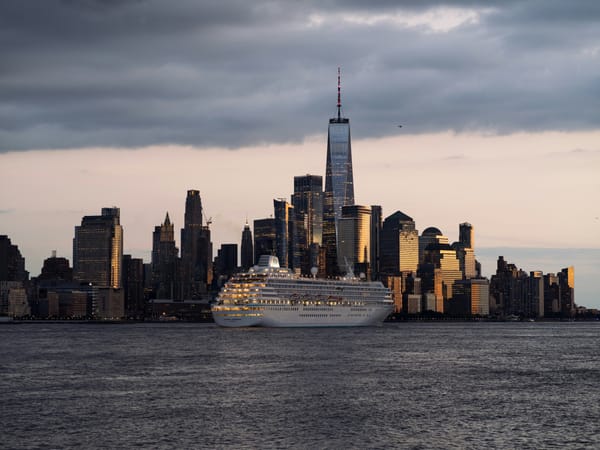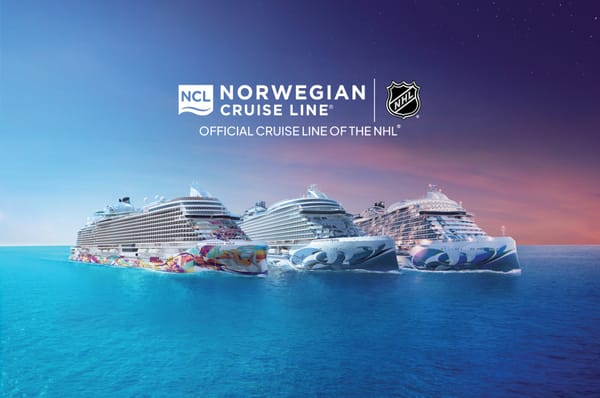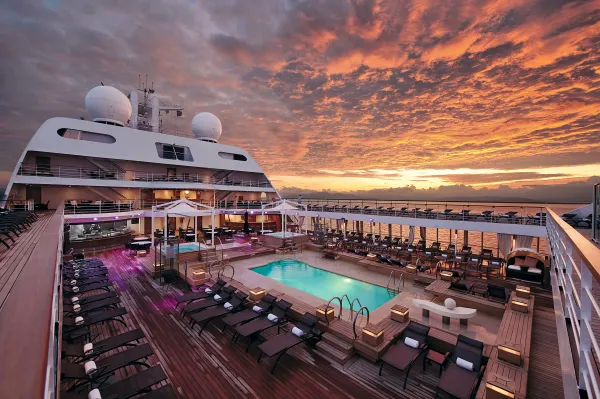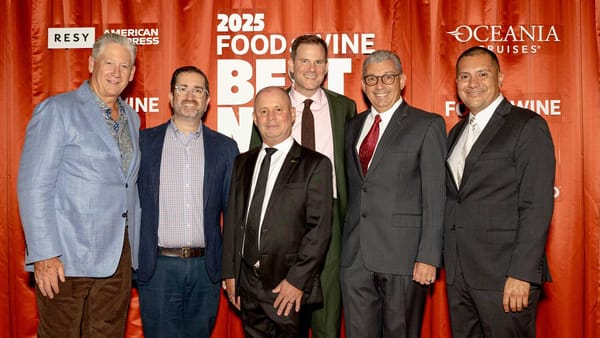Juneau Approves Fifth Cruise Dock to Ease Congestion, Maintain Ship Limits
Juneau’s new Áakw Landing dock, led by Huna Totem, aims to ease traffic and enhance cultural offerings while upholding ship and passenger limits to address community and environmental concerns.
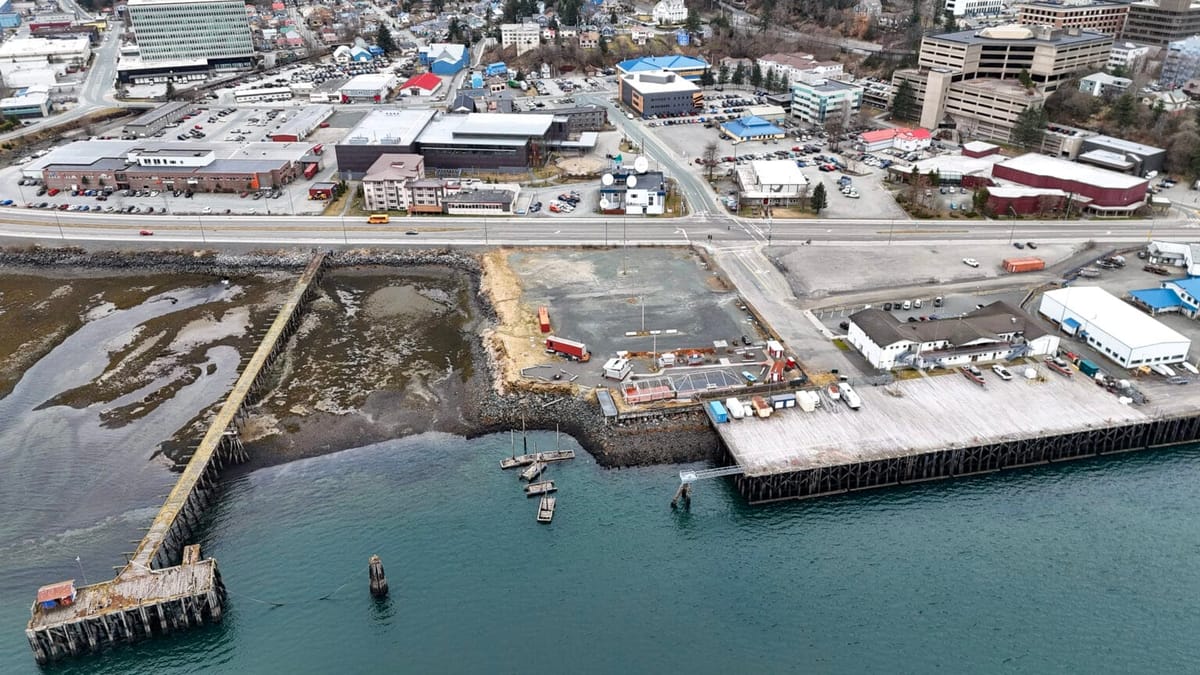
The Juneau Assembly has granted final approval for a 35-year tidelands lease that will allow for a fifth downtown cruise ship dock in Gastineau Channel near the U.S. Coast Guard station. Led by Native-owned Huna Totem Corporation, the project is called Áakw Landing and is designed to include a new pier for vessels carrying up to 4,500 passengers, underground parking, retail space, and a cultural and science center. Officials emphasize that this addition will not raise the overall limit of five ships per day, but is intended to reduce heavy congestion in downtown Juneau.
Assembly Votes and Public Debate
Before approving the lease, assembly members and residents discussed the dock’s potential impacts on air quality, traffic flow, and the local community. Opponents voiced environmental concerns, with resident Joan Wilkerson cautioning against “adding yet another ship pumping more poison into the air right under our windows.” However, many local leaders and industry representatives see the project as an opportunity to spread out arrivals while still adhering to the city’s five-ships-per-day limit.
Deputy Mayor Greg Smith underscored that the plan aims to improve city traffic patterns rather than expand the cruise industry’s overall footprint, saying, “This is not the question on, what is the future of tourism? … This is should we allow a fifth dock and the benefits that it brings?” Summing up the sentiment, dock foreman Kerry Crocker added, “The downtown congestion will definitely dissipate with the new dock.” Assembly member Alicia Hughes-Skandijs cast the only vote against the lease, expressing doubts about the adequacy of long-term plans and potential impacts on nearby residents.
Key Features of Áakw Landing
Áakw Landing, named as a tribute to the region’s Áakw Ḵwáan people, will incorporate Indigenous culture and science into its design. Development will proceed in phases:
- Phase One (2026): Dock construction, underground parking, retail spaces, and a welcome center.
- Phase Two (2027): Additional retail venues and an upper-level plaza.
- Phase Three: An Indigenous Knowledge Science and Cultural Learning Center (date to be determined).
Under the approved lease, only one large cruise ship may dock at this new facility each day, aligning with Juneau’s standard five-ships-per-day cap. Norwegian Cruise Lines, which originally purchased the waterfront property, transferred ownership to Huna Totem in 2022, granting Norwegian berthing rights once the dock is operational.
Regulatory and Environmental Measures
As part of the agreement, Huna Totem must install shore power within two years of a power line reaching within 25 feet of the dock. Once shore power is in place, large vessels using the dock are required to plug in rather than run their onboard engines, limiting both emissions and noise. City officials note these requirements dovetail with broader efforts to mitigate cruise ship pollution. In addition, existing agreements with major cruise lines restrict daily passenger arrivals, starting in 2026, to a maximum of 16,000, dropping to 12,000 on Saturdays.
Proponents such as the Cruise Lines International Association (CLIA) say this approach balances tourism’s economic benefits with environmental and quality-of-life concerns. CLIA representatives noted that partnerships with local communities foster robust development, help protect local ecosystems, and ensure cruise tourism continues to thrive responsibly.
Alternative Development on Douglas Island
Alongside Juneau’s efforts to manage tourism, Royal Caribbean Group and Goldbelt Inc. have proposed another dock on Douglas Island, featuring whale-watching docks, employee housing, and a recreation of a Lingít village. Concerns about limited communication with city authorities have prompted questions from Deputy Mayor Smith regarding whether developers will fully engage with the municipality before moving forward. The project’s feasibility remains uncertain, especially given its potential conflict with Juneau’s daily limit of five ships. Environmental and zoning reviews continue, leaving the formal timeline for further planning and development unclear.
Although the city has implemented measures to limit overtourism, demand remains high, with overall cruise passenger volumes surpassing 1.6 million in 2024. Some residents have petitioned for tighter restrictions, including halting cruise visits during off-peak seasons, but such proposals have not been formally adopted. Huna Totem, meanwhile, has indicated that it will meet all remaining requirements—including ensuring Coast Guard operations are not obstructed—so construction can begin on Áakw Landing for future cruise seasons.
Frequently Asked Questions (FAQs)
Why was the fifth cruise dock approved in Juneau?
Supporters argue that while the total daily ship limit remains five, an additional dock will spread out arrivals and reduce downtown crowding. Proponents say it provides economic benefits without increasing the city’s maximum number of ships per day.
How is Juneau managing cruise tourism congestion?
The city enforces a five-ships-per-day limit and sets passenger caps that begin in 2026, including a maximum of 16,000 passengers daily, reduced to 12,000 on Saturdays. These measures aim to mitigate overcrowding and protect local infrastructure.
What environmental measures and shore power requirements come with the dock?
The lease mandates that Huna Totem install shore power within two years of electricity lines reaching within 25 feet of the dock. Large cruise ships must connect to shore power, minimizing engine emissions and noise in downtown Juneau.
What is the status of the Douglas Island cruise dock proposal?
Royal Caribbean Group and Goldbelt Inc. plan a separate development for Douglas Island, including whale-watching docks and a re-created Lingít village. However, limited coordination with the city and concerns over environmental impacts have delayed its progress.
Does the lease approval clear all remaining hurdles?
For the downtown dock, Huna Totem still needs to provide written confirmation that the new facility does not block Coast Guard activity. Once that assurance is in place, the corporation intends to finalize its design and construction schedule, paving the way for future cruise seasons.
With the tidelands lease now officially secured in Juneau, Huna Totem’s plan for Áakw Landing is set to move ahead, bringing new infrastructure and cultural opportunities while adhering to passenger limits, shore power mandates, and environmental safeguards.
